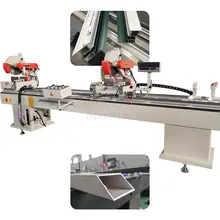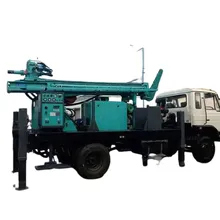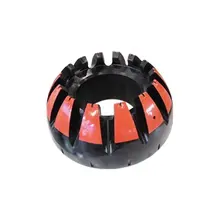Introduction to Coal Balls
Coal balls, a pivotal category in the biomass fuel industry, represent a sustainable solution for energy production. These compacted masses of combustible material are crafted from various types of agro-forestry waste, including sawdust, coffee husks, and rice husk. Their production not only contributes to waste management but also offers an alternative energy source.
Types and Applications of Coal Balls
Coal balls are versatile in their applications, serving as a renewable energy source for heating and cooking. They are commonly utilized in industries requiring a steady fuel supply, such as in the production of steel or ceramics. The adaptability of coal balls to different raw materials makes them suitable for a broad range of uses, from residential heating to large-scale industrial processes.
Features and Production Process
The production of coal balls involves a sophisticated process where raw materials with moisture content between 8% to 12% are compressed into dense briquettes. These briquettes boast densities of 1 to 1.4g/cm3, achieved through a combination of pressure and heat. The process is facilitated by advanced briquetting machinery, which automates the feeding and discharge, ensuring efficiency and consistency in the final product.
Materials and Advantages
Utilizing a variety of organic waste materials, coal balls offer an eco-friendly advantage by reducing the carbon footprint associated with waste disposal. The transformation of bio-waste into a valuable energy resource underscores the environmental and economic benefits of coal balls. Their production supports sustainability by converting waste into a profitable commodity.
Shapes, Sizes, and Output Capacity
Coal balls come in diverse shapes such as cylindrical, hexagonal, and cubical, catering to different preferences and usage requirements. The sizes vary, with some rods reaching up to 50cm in length, while diameters can range from 30mm to 90mm. The output capacity of these machines is model-dependent, with small to medium-sized units producing approximately 140kg/h to 800kg/h, and larger machines capable of reaching outputs up to 3,000kg/h.
Choosing the Right Coal Ball Machine
Selecting the appropriate machine for coal ball production is crucial for operational efficiency. Prospective buyers should consider the type of raw material, desired shape and size of the briquettes, and the machine's output capacity. Alibaba.com offers a diverse array of options to meet the specific needs of businesses in the biomass fuel sector.






























 浙公网安备 33010002000092号
浙公网安备 33010002000092号 浙B2-20120091-4
浙B2-20120091-4